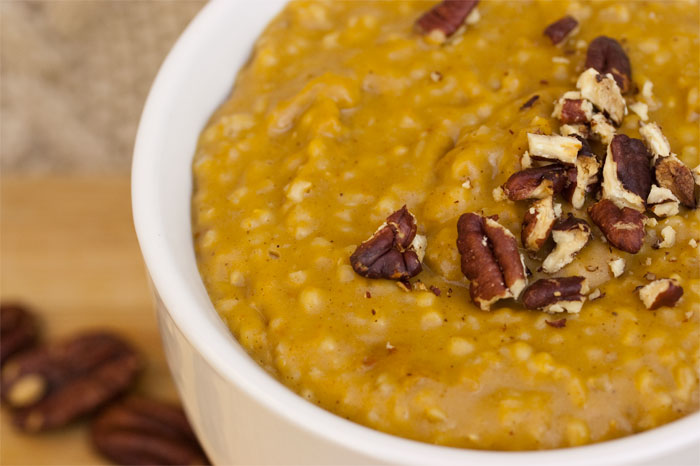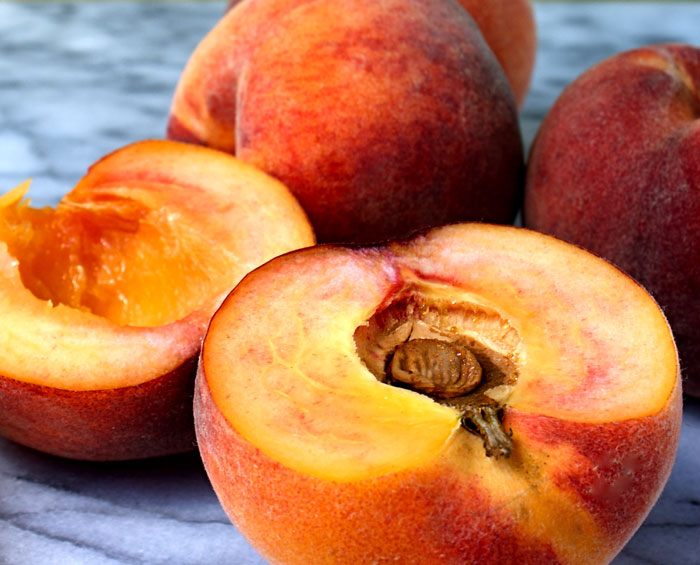One of the easiest ways to free up time once house guests arrive is to have an arsenal of homemade frozen meals already prepared. And I don't mean Birdseye. I’m talking chili, soups, braises, grains, pulses and even meat like pork carnitas and duck confit. The trick is to choose the best candidates to freeze. Here are three tips for scrumptious freezer meals.

Some foods are just better suited to freezing than others. Here’s a quick guide:
DO freeze these:
- Meat (whole cuts and ground), poultry and fish, both raw and cooked (use common sense here . . . things like breaded chicken fingers are great to freeze fully cooked; temperature-sensitive cuts like steaks, on the other hand, not so much)
- Grated cheese, milk and butter
- Cooked beans, pulses and whole grains
- Cooked bread, cakes and cookies
- Raw pastry, pizza and cookie dough
- Stocks, broths, soups, stews, chili, braises and casseroles
- Butter and milk (shake well once thawed)
DON’T freeze these:
- Eggs—either raw or hard-boiled
- Vegetables and fruit with a high water content like lettuce, cucumber, jicama and melon
- Gravies and thickened sauces
- Fully-cooked potatoes and pasta
- Yogurt and sour cream
Whatever you DO freeze, though, freeze it as fresh as possible. Freezing in essence pauses the process of spoiling, but it doesn’t reverse the process. Foods frozen fresh will taste best when thawed.
Chill Individually and Quickly. Pour liquids into a metal pot or bowl and set in an ice bath (a larger bowl partially filled with ice and water) or place in a wide, shallow container in the fridge (uncovered) until cool, then transfer to a freezer-safe container or zip-top bag. I like to store liquids in zip-top bags frozen flat so they can be stacked in the freezer.
Arrange smaller portions of solid cooked foods in a single layer on a cookie sheet and lay (carefully) in the freezer until frozen solid. Then wrap the pieces loosely in parchment paper and seal in a freezer-safe zip-top bag, pressing out air before closing. Chill casseroles uncovered in the fridge and, if keeping whole, seal with a covering of heavy-duty foil before freezing. Or cut them into individual portions and follow the cookie sheet procedure above.
Label, Time and Thaw. Label everything you freeze. You may be absolutely certain you’ll remember it was chicken fingers you froze, but trust me, in a month or two they'll look suspiciously like the fish sticks you froze a week later. Use a permanent marker to label each container with the name of the dish and the date you froze it. Most foods can keep for quite some time in the freezer, but their quality begins to deteriorate after about three months. So plan accordingly.
Don’t ever thaw food at room temperature—the outside will dwell in the “danger zone” (40 – 140 degrees) while the inside continues to defrost. Instead, either thaw in the fridge (allowing roughly five hours per pound) or the microwave. In general, food frozen raw should be thawed before cooking while most cooked dishes can be reheated from their frozen state; just be sure they’re cooked completely through before serving.















